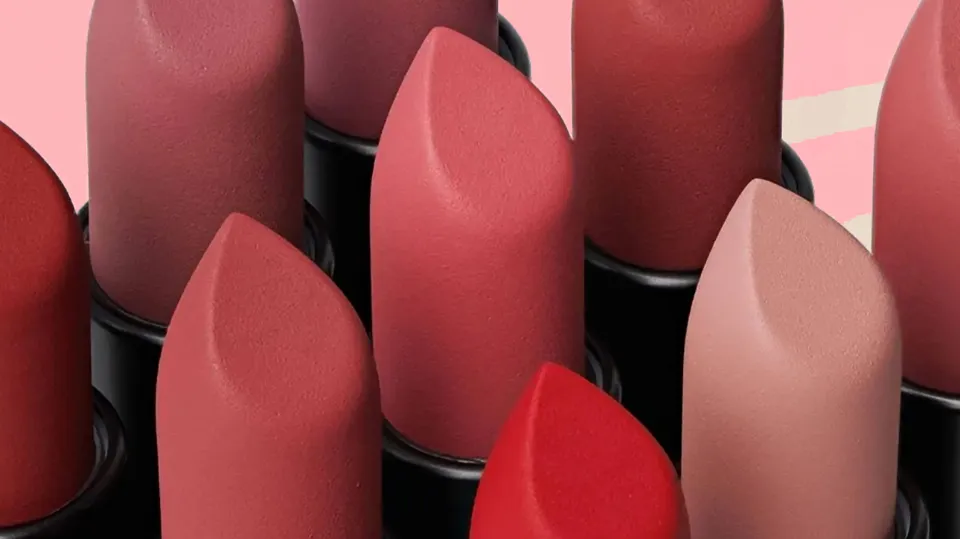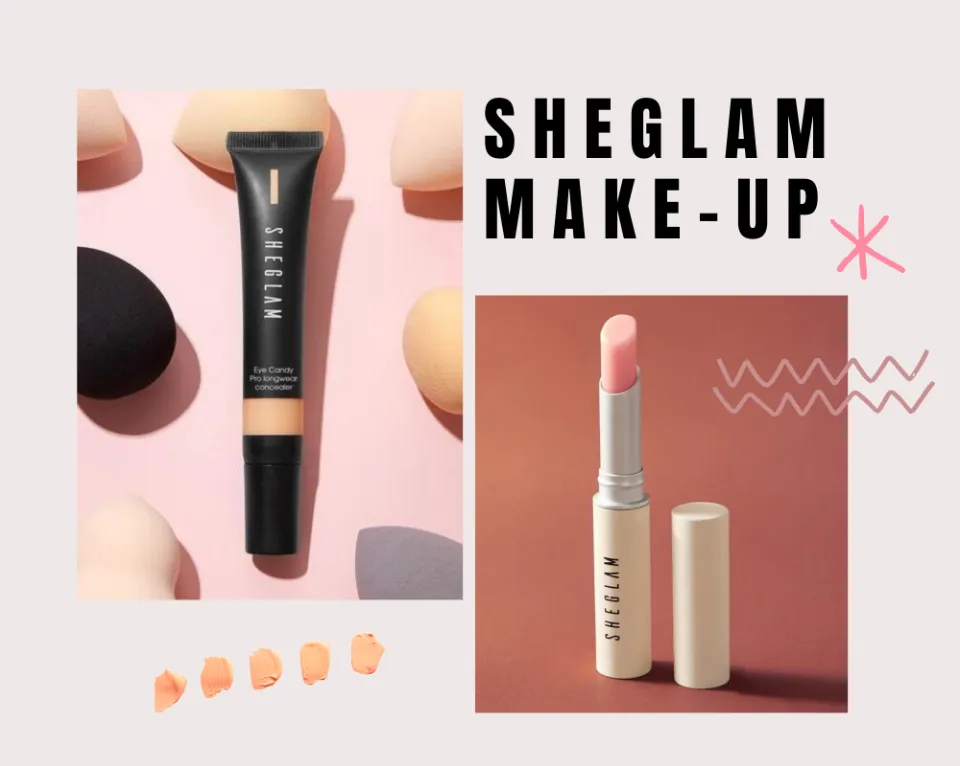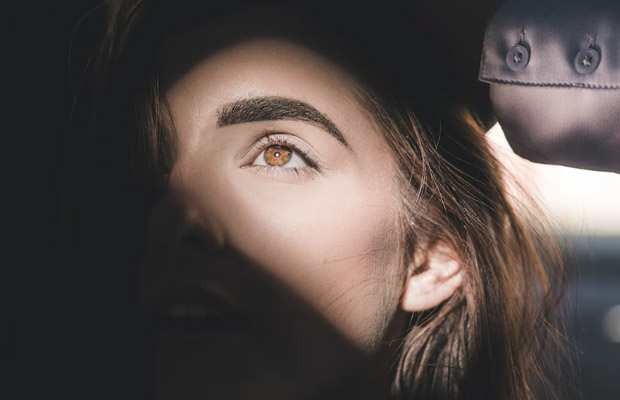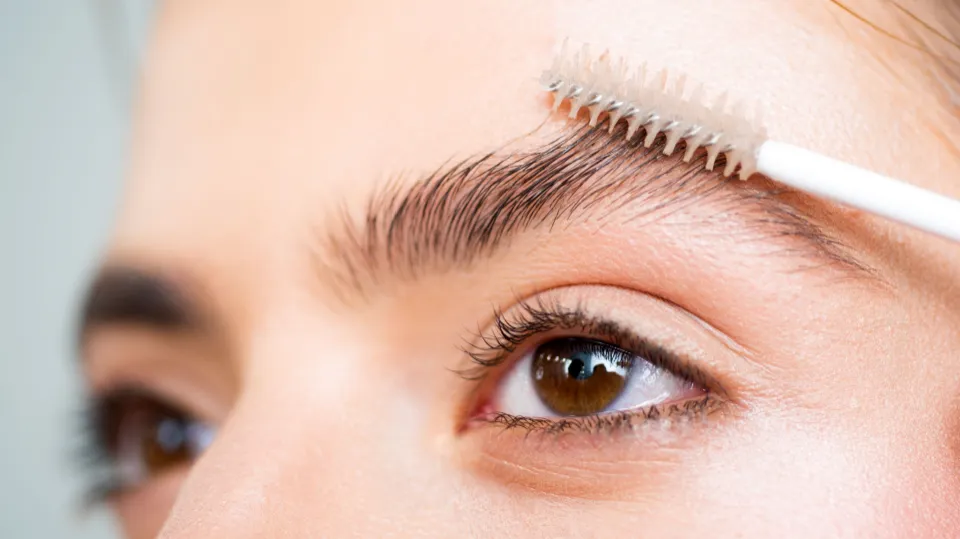Lipstick wins the prize for being the most well-liked item in the cosmetics sector. But what is lipstick made of?
The common lipstick ingredients include wax, oils, pigment, emollients and preservatives.
Even though some additional ingredients may make one brand different from another, let’s start with the main ones.
Lipstick History
Lipstick is one of the most commonly worn cosmetic items around the world, and it has quite a history too.
Researchers have discovered proof that the Sumerians, who lived nearly 5000 years ago, were the first people to wear lip color. The Sumerians used to use rust (of all things), clays, fruit juice, and henna to stain their lips.
Mesopotamians went a step further and employed crushed gemstones. Additionally, crushed cochineal beetles were widely used because they produced a “beautiful” red. In fact, carmine, a pigment made from beetles, is still utilized today.
The majority of civilizations have used cosmetics in some capacity at some point, and yes, occasionally harmful ingredients like lead or mercury were present.
Read More: Liquid Lipstick Vs Solid Lipstick
What is Lipstick Made Of?
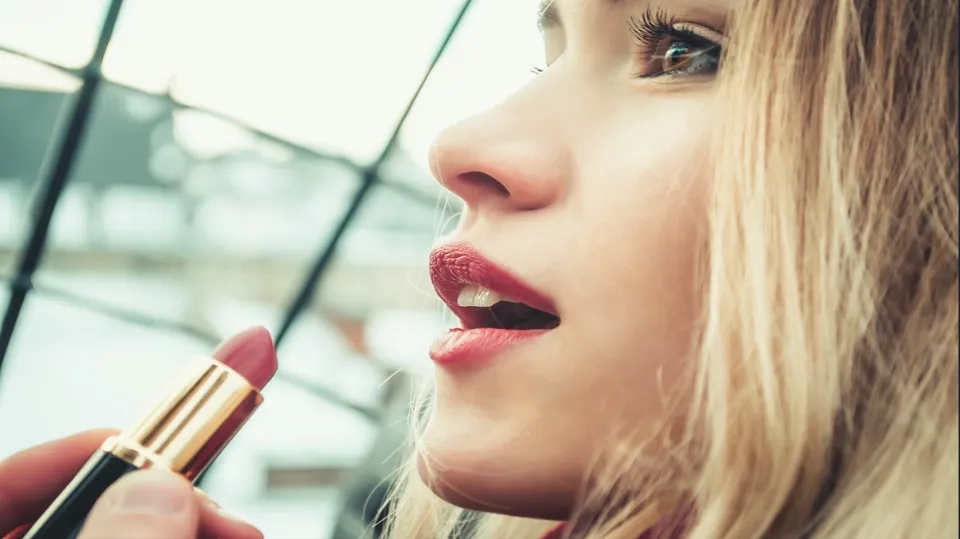
Below are some common lipstick ingredients.
Wax
One of the main components, wax gives the lipstick structure. It is in charge of preserving the lipstick’s shape and holding it together. Beeswax is among the most widely utilized wax types. Beeswax is renewable and natural.
It is therefore widely and frequently used. There are additional options, including candelilla wax and carnauba wax.
Oils
The cosmetic product gets moisture from oils. Oils are the cause, if you’ve ever wondered why lipsticks feel so soft and silky to the touch.
Oils make lipstick easier to apply because they are present. Frequently, oils like coconut oil, jojoba oil, or castor oil are used.
Pigment
Lipsticks come in a staggering array of colors, and pigments are what give them the ability to achieve any shade of color imaginable.
Because women have such a strong preference for even subtle color shades, lipstick manufacturers are being forced to create a wide range of hues.
Emollients
Emollients are in charge of making the skin supple and smooth. Additionally, they maintain the lips’ moisture and stop them from drying out.
A few commonly used emollients are lanolin, shea butter, and cocoa butter.
Preservatives
You wouldn’t want harmful microorganisms to contaminate your favorite lipstick, would you? Preservatives shield lipstick from microbial attack, after all.
They are the cause of lipstick’s lengthy shelf life. Common additives include phenoxyethanol and parabens.
Also Read:
Pretty Colors of Lipstick
Lipsticks come in a wide range of hues, ranging from the traditional light pink and maroon to some unusual hues like black and green.
The ingredients responsible for such colors are called pigments. The wax bases contain blended pigments.
Beet juice is one example of a naturally occurring pigment. However, synthetic pigments are typically employed.
Related Reading: How to Choose Lipstick Color?
Final Words: What is Lipstick Made Of
Through the years, lipstick has evolved from crushed plant powder to a chemically formulated cosmetic. There have been few to no FDA regulations regarding the ingredients that can be used to make lipstick, despite new cosmetic innovations.
This indicates that for the past century, ingredients that are synthetic, harmful, and derived from animals have been freely tracing women’s lips.
Lead is one of the worst contaminants in lipsticks, which also contain a toxic mixture of other petroleum-based chemicals, many of which have not undergone safety testing.
Every time you lick your lips, these harsh chemicals are ingested because lips are delicate and readily absorb products through the thin skin that covers them.
Read More:
FAQs
Is Lipstick Made from Animals?
Squalane, carmine, and beeswax are just a few of the animal byproducts commonly found in lipsticks.
Is Lipstick Made from Insects?
Crushed cochineal bugs, which are cacti-dwelling insects, are frequently used to make the red lipstick pigment.
What is Natural Lipstick Made Of?
Shea butter, candelilla wax, and sunflower oil are just a few examples of the botanical butters, waxes, and oils used in an organic lipstick.

